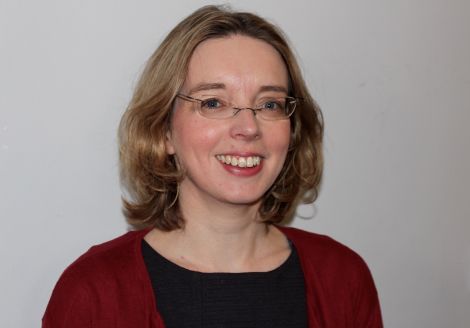News / Commission examines rural fragility
POPULATION decline, transport issues and poor broadband connectivity have helped to label some of Shetland’s most remote areas as “fragile”, according to a commission examining inequality in the isles.
All of Shetland’s outer isles and Northmavine on the mainland have been put in this bracket by a report for the Tackling Inequalities Commission that met in Lerwick on Wednesday.
The commission heard from Glasgow University’s Victoria Sutherland, who authored the report entitled Shetland’s Fragile Areas.
Using indicators such as population change, employment, average household income and distance from mid-size services, Sutherland highlighted five distinct “fragile” zones – Northmavine, Yell, Unst and Fetlar, Symbister in Whalsay and Whalsay and Skerries (excluding Symbister).
Islands with a population of 300 or less were also included, such as Fair Isle, Foula and Papa Stour.
These areas did not only suffer economic challenges, she said, but also more personal issues such as loneliness and a sense of isolation.
Highlands and Islands Enterprise head of planning and partnerships Alastair Nicolson said research like this will help the development agency plan how best to counter economic inequality.
“We regard the fragile areas as those communities that are characterised by perhaps a declining population or an under representation of young people,” he said.
“There’s also the lack of economic opportunity, and challenges with transport links to major settlements.
“They’re areas in which economic community development is most challenging. We need to identify them so we can target our intervention most effectively in these places.”
Sutherland pointed out that all the fragile areas were a long way from Lerwick and its services, with an average driving distance of 114 minutes.
“But once you get beyond that it varies,” she said. “Some of them actually don’t do too badly on unemployment or income, but perhaps they’ve been badly hit by population change.”
Become a member of Shetland News
Shetland Islands Council policy manager Emma Perring added that broadband provision was also hampering rural equality.
Shetland is one of the places in the country most likely to suffer digital exclusion, she said.
Recent research from Go ON UK suggesting nearly 20 per cent of adults in Shetland have never been online, in addition to the 14.4 per cent of isles households who receive speeds of less than two megabits per second.
“If we’re wanting to be a digitised society, we need to ensure those on low incomes have the hardware, the skills and everything they need. Otherwise you’re in danger of creating yet another barrier,” she said.
Broadband was one area where solutions could be found to tackle Shetland’s geographical inequality could be found.
Other measures could be included in the Scottish government’s proposed Islands Bill and an improvement in the relationship between communities and service providers, like Shetland Islands Council.
Several representatives from remote areas attended Wednesday’s meeting to offer their suggestions.
SIC community worker Pat Christie praised the energy and determination of locals who want to make positive change for outlying areas.
The next commission meeting will be held on 23 November, with the topic covering education, skills and employment.
A total of six sessions are being held between July and December, with a final report – containing solutions to Shetland’s inequality problems – due to be published by March next year.
More information about the commission and its reports, including the power point presentation from Wednesday’s session, the fourth in the series, can be found here.
Become a member of Shetland News
Shetland News is asking its readers to consider paying for membership to get additional perks:
- Removal of third-party ads;
- Bookmark posts to read later;
- Exclusive curated weekly newsletter;
- Hide membership messages;
- Comments open for discussion.
If you appreciate what we do and feel strongly about impartial local journalism, then please become a member of Shetland News by either making a single payment, or setting up a monthly, quarterly or yearly subscription.



























































